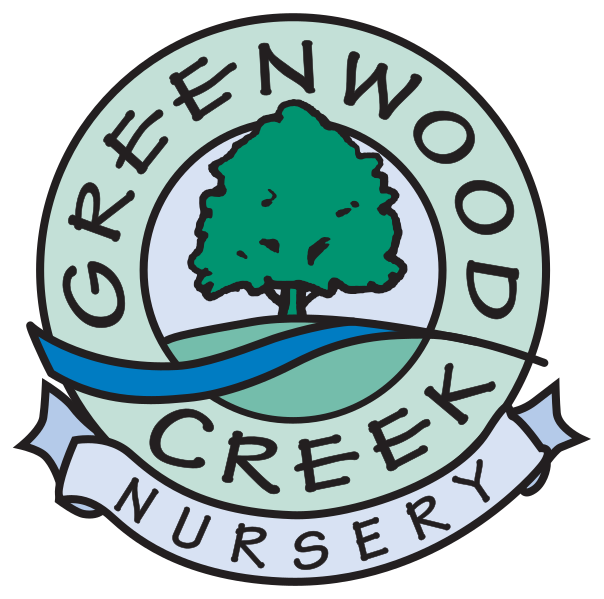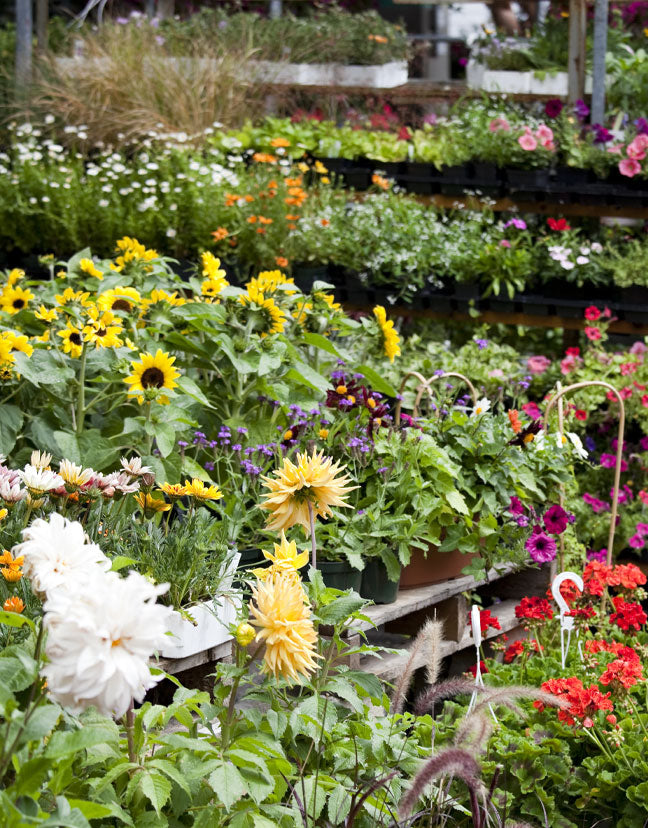Spring is here, and gardening is on our minds. Flower gardens are exhilarating, bringing color, scent, and nature back into our lives after a lengthy and dreary winter. A well-planned flower garden can provide beauty from early spring straight through to late fall. SELECT A SITE As you dream and scheme your new flower garden, there are several important factors that you will undoubtedly want to take into consideration.
- View. Where will the garden be most viewed from? Will it be from a window, a porch or deck, front, back, side yard, or somewhere else? Determining your view will help you decide where to place plants so that the primary view is not blocked.
- Light. Observing how much light your selected site receives will help determine whether you will incorporate sun or shade-loving plants.
- Moisture. Is the site particularly moist or dry? Awareness of this will also aid in selecting flowers that will do well in either of these situations.
- Soil. Dig in and have a look at your soil. Sandy soil has difficulty holding on to water and nutrients. Clay soil holds too much water and provides reduced air space for healthy root development. Most plants prefer loam soil. To amend your soil to achieve the quality most plants require, turn a generous amount of compost into your native soil. Not only will this exceptional natural and organic modifier increase the nutritional content of your soil, but it will also increase drainage and the soil's water-holding capacity. In addition, it is a delight to plant into! Adding a fertilizer recommended for flowers into your bed at planting time and then again monthly throughout the growing season will ensure happy, healthy, vigorous plants with lots of blooms!
- Hardiness. Familiarity with your USDA Hardiness Zone will allow you to select plants known to survive and thrive in your area of the country.
- annual, perennial, or bulb gardens
- mixed beds and borders
- cutting garden
- rock garden
- woodland or wildflower
- formal or informal
- native garden
- sun or shade
- tropical style
- Consider Diversification. Annual flowering plants last just one season. Annuals, planted after the last frost in the spring, will continue to bloom until hit with the first frost in the fall. Annuals must be replaced each year but are inexpensive and can provide the opportunity to change the look of your flower garden each year. Perennials will return year after year, often spreading or reseeding, making them very useful in the garden. Perennials, however, can be costly and have a limited bloom time with most blooming for just a couple of weeks during the growing season. It's a good idea to select perennials with attractive foliage that will still look good in the garden when not in bloom. Hardy bulbs are another great addition, with most returning year after year but, as with perennials, they possess a limited bloom time. A well-planned garden, delivering a long bloom time, will include a mix of annuals, perennials, and bulbs.
- Consider Plant Color. Add bubbles or circles to your paper plan to represent the flower color you would like to use in that area. Colored pencils are helpful in this step. Make sure that the selected colors look good next to each other. Silver-leafed plants make a great transition between colors that do not look particularly well up against one another.
- Consider Drama. Large sweeping drifts of color add awe and drama to the flower garden while simplifying the design process using lots of flowers but less variety. Drifts are best planted with an odd number of plants to prevent the garden from becoming symmetrical.
- Consider Repetition. Repeating plants and colors throughout the garden gives it a soothing and consistent appearance.
- Consider Plant Size. For beds and borders predominantly viewed from the front, tall flowers will be selected for the back of the garden, with medium height in the middle and short plants toward the front of the bed. For island beds viewed from all sides, tall plants will be placed in the center of the bed, surrounded by medium-height plants and low ones around the perimeter. Be sure to leave enough room for each plant to grow to its full potential.
- Bachelor Button
- Calendula
- Icelandic Poppy
- Sweet Pea
- Larkspur
- Baptisia
- Bleeding Heart
- Columbine
- Hellebore
- Peony
- Blue Bells
- Daffodil
- Fritillaria
- Hyacinth
- Tulip





